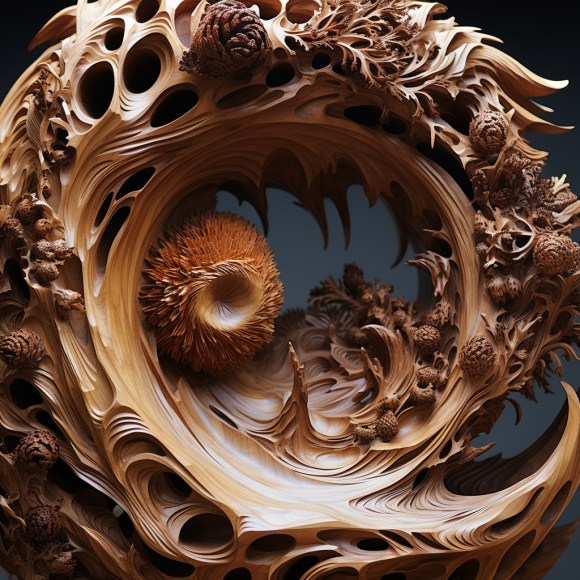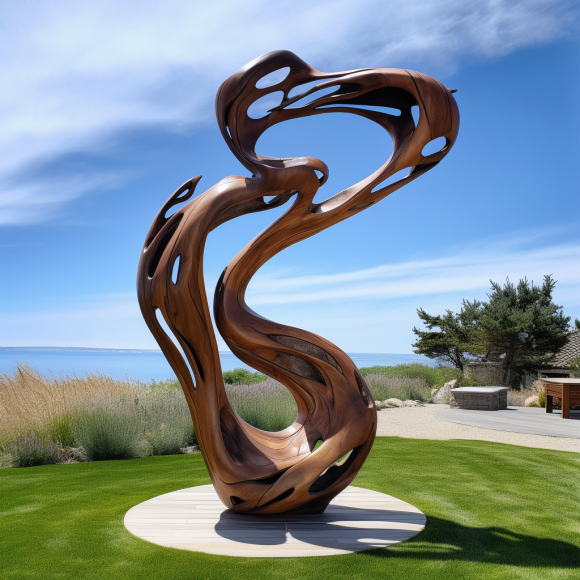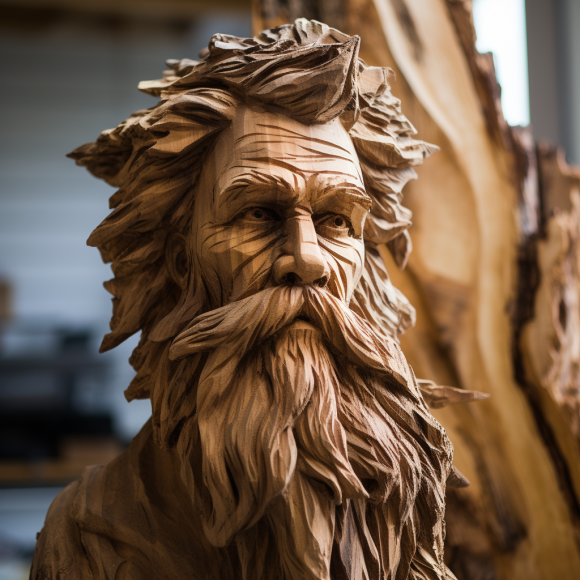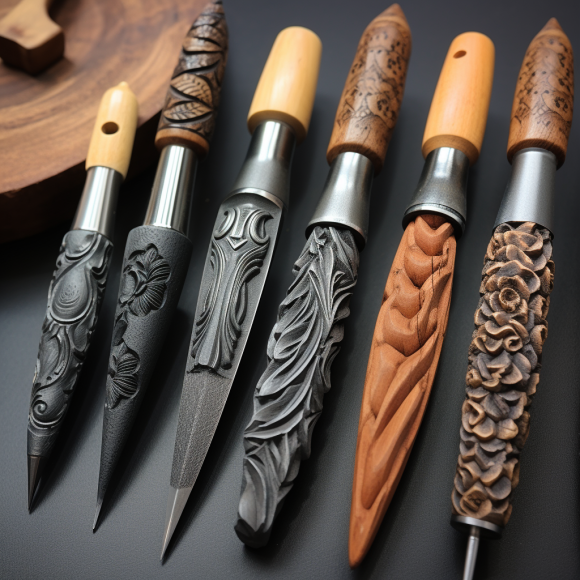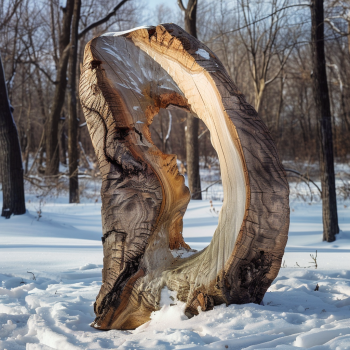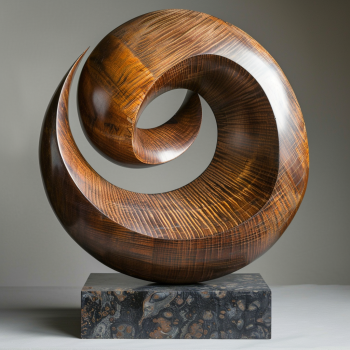Sustainable Practices in Wood Sculpture: Eco-Friendly Approaches
As awareness of environmental issues grows, artists are increasingly seeking sustainable practices in their craft. Wood sculptors, in particular, have a unique opportunity to incorporate eco-friendly approaches into their work. In this article, we explore various sustainable practices in wood sculpture, highlighting techniques that minimize environmental impact while maximizing creativity and craftsmanship.
Choosing Sustainable Wood Sources: The first step towards eco-friendly wood sculpture is selecting sustainably sourced materials. Opt for wood that is certified by reputable organizations such as the Forest Stewardship Council (FSC), which ensures that forests are managed responsibly and ethically. Look for local or reclaimed wood whenever possible, reducing transportation emissions and supporting local economies. By choosing sustainably harvested wood, artists can minimize deforestation and promote the conservation of natural habitats.
Utilizing Reclaimed and Salvaged Wood: Reclaimed and salvaged wood offers a unique opportunity for artists to repurpose materials that would otherwise end up in landfills or incinerators. Old furniture, barn wood, pallets, and fallen trees can be transformed into beautiful sculptures, preserving the history and character of the wood while reducing waste. Embrace the imperfections and patina of reclaimed wood, incorporating knots, cracks, and weathered surfaces into your sculptures for added texture and visual interest.
Minimizing Waste through Efficient Practices: Efficient use of materials is essential for reducing waste in wood sculpture. Plan your projects carefully to minimize excess cutting and carving, maximizing the yield from each piece of wood. Save scraps and offcuts for future projects or use them creatively in smaller-scale sculptures, inlays, or mixed-media artworks. Consider incorporating joinery techniques such as dovetails, mortise and tenon, or lap joints, which minimize the need for adhesives and produce sturdy, long-lasting connections.
Exploring Non-Toxic Finishes and Adhesives: Traditional wood finishes and adhesives often contain harmful chemicals and volatile organic compounds (VOCs) that can pollute the air and harm the environment. Explore alternative options such as natural oils, waxes, and water-based finishes that are low in VOCs and biodegradable. Beeswax, linseed oil, and shellac are examples of eco-friendly finishes that enhance the beauty of wood without compromising environmental health. Similarly, opt for non-toxic adhesives and glues that are free from formaldehyde and other harmful substances.
Embracing Sustainable Design Principles: Incorporate sustainable design principles into your wood sculptures to minimize environmental impact while maximizing aesthetic appeal and functionality. Choose timeless designs that transcend trends and fads, ensuring that your sculptures remain relevant and cherished for years to come. Consider the life cycle of your artwork, from material sourcing and production to use and eventual disposal, and strive to minimize environmental footprint at every stage.
Sustainable practices in wood sculpture are not only environmentally responsible but also contribute to the beauty, integrity, and longevity of artworks. By choosing sustainably sourced materials, utilizing reclaimed wood, minimizing waste, exploring non-toxic finishes, and embracing sustainable design principles, artists can create sculptures that resonate with ecological consciousness and inspire positive change. As stewards of the environment, wood sculptors have the power to lead by example and demonstrate that creativity and sustainability can coexist harmoniously in the world of art.

